Close to Home – The past, present and future of our Solar System
New ideas about the way the solar system formed arrive just in time as NASA announces the extension of 8 of its planetary missions !
When stars form, they are typically surrounded by a disc of gas and dust, material from which planetary systems are created. In 2005, astronomers in Nice, France developed a model which posits that after the dispersal of this circumstellar disc, i.e. a few hundred millions years into the solar system’s formation, a set of gravitational interactions caused chaos – a chaos that ultimately justifies our solar system’s four gas giants’ slightly unusual orbits.
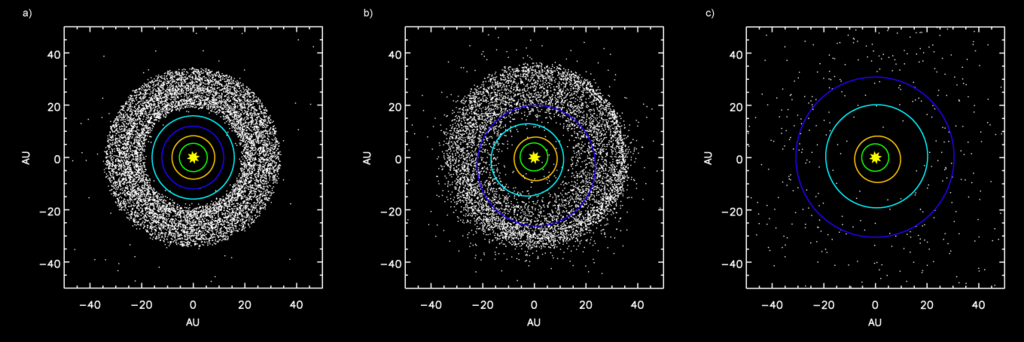
a) Initially, Jupiter (green), Saturn (orange), Uranus (light blue), Neptune (dark blue) and Small Solar System Bodies (white)
b) Orbital shift of Neptune
c) Ejection of Kuiper belt bodies, mainly by Jupiter
Some problems with this model remained: for instance, the mixture of elements on Earth suggests that material from both the outer solar system and the inner solar system was incorporated as it formed; moreover, analysis of Moon rocks revealed that the gravitational instability of the Nice model had to occur within the first 10 million years of the solar system, at maximum. Now, an international team of researchers has put forward a new idea for what the trigger of the perturbation could have been: the dissipation of the protoplanetary disc itself. In their paper, they describe how as the Sun’s nuclear fusion was ignited and it started emitting light, it eventually blows away the disc’s material from the inside out. As the hole in the disc grows and it sweeps through our solar system, it shifts the giant planets into their current orbits, and also solves the timing and Earth composition problems.
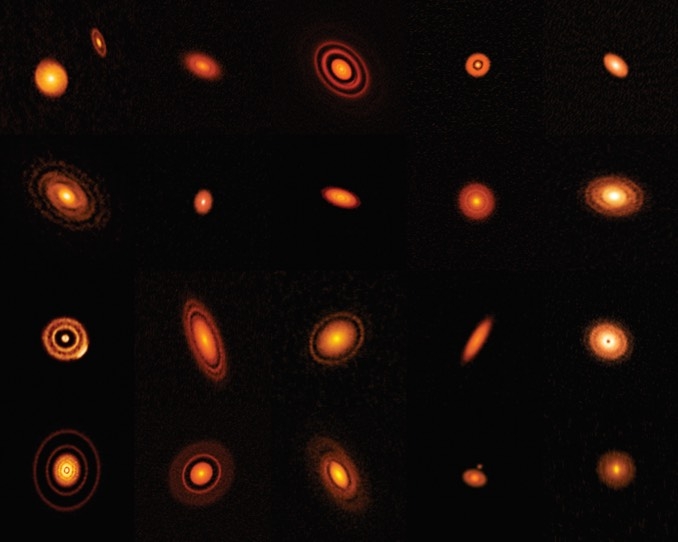
The team even applied this computer simulation to other star systems with exoplanets, yielding convincing results. However, this updated Nice model also offers an alternative scenario for our own solar system, with an initial 5 gas giants, one of which was slingshot to the edges of the system during the instability, as far out as 500 Astronomical Units (1 AU is the Sun-Earth distance and Neptune is 30 AU away from Earth). While still controversial, the idea of a ninth planet is not new – in the early 20th century, irregularities in the orbits of Uranus and Neptune led Lowell to look for a Planet X, which in turn led Tombaugh to discover Pluto. This did not solve the “orbital conundrum” at the time, but thanks to the Voyager 2 probe’s fly-by of the two ice giants in 1989, astronomers were able to demonstrate that there are, in fact, no discrepancies in their orbits.

Planet 9 was then postulated to explain a clustering of trans-Neptunian objects (TNOs are icy bodies orbiting further away than Neptune), though other theories have been put forward to justify this phenomenon. The Vera Rubin Observatory, which should see first light by the end of 2023, would be able to directly detect Planet 9, although this depends on whether … Planet 9 actually exists, as sky surveys like the Wide-field Infrared Survey Explorer (WISE) and Pan-STARRS spotted nothing near its predicted location.
Before that, it’s current missions that may tell us more about our Solar System. From NASA’s recent announcement about eight of its spacecrafts whose lifetimes it is extending, somewhat unsurprisingly, most of those are Martian missions: the three orbiters Mars Atmosphere and Volatile Evolution (MAVEN), Mars Reconnaissance Orbiter (MRO) and Mars Odyssey, as well as the landers InSight and the Mars Science Laboratory, with its rover Curiosity. There’s also the Lunar Reconnaissance Orbiter (LRO) and the New Horizons spacecraft whose “scientific productivity and potential to deepen our knowledge and understanding of the solar system” have been recognised and rewarded with at least three more years of operation.
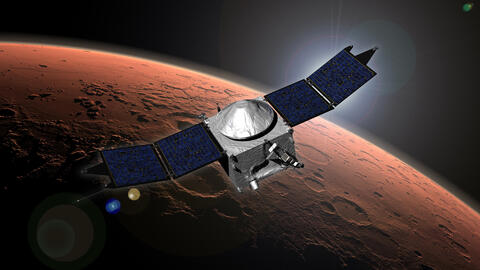
MAVEN 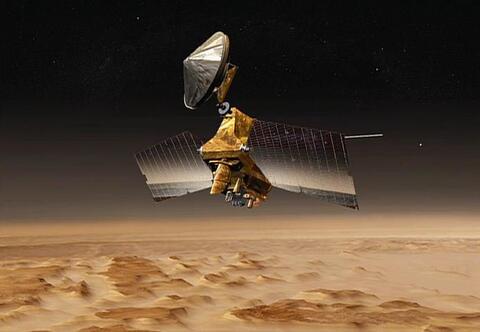
MRO 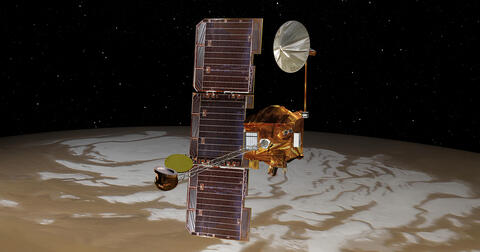
Mars Odyssey 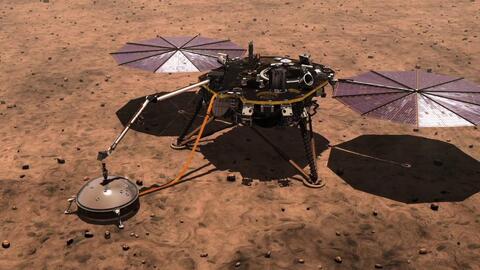
InSight 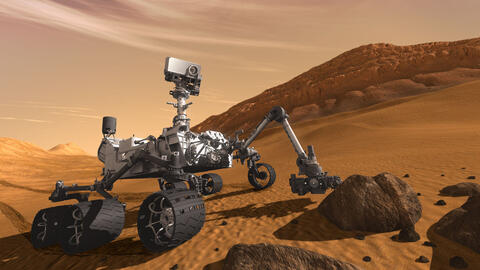
MSL's rover Curiosity
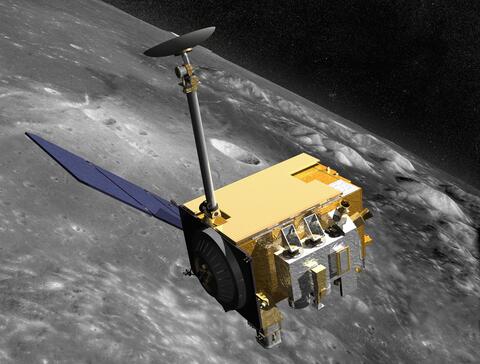
LRO 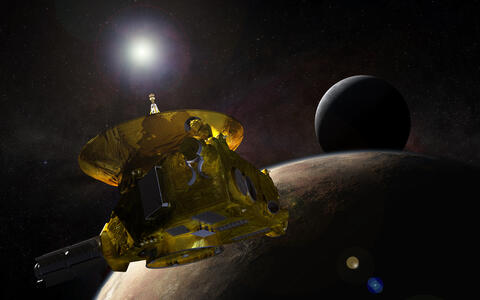
New Horizons
Possibly the most exciting one though, is the final one, which was granted a 9-year extension: the Origins, Spectral Interpretation, Resource Identification, Security-Regolith Explorer (OSIRIS-REx). Or, more precisely, the OSIRIS-APophis EXplorer (OSIRIS-APEX) mission, as the spacecraft has been allocated a second mission. In 2020, it took samples of asteroid Bennu; in 2029, it will fly-by Near-Earth asteroid (NEA) Apophis. OSIRIS has been on its way back to Earth since the sample collection, note that Bennu was 10 times further away from Earth than Apophis !
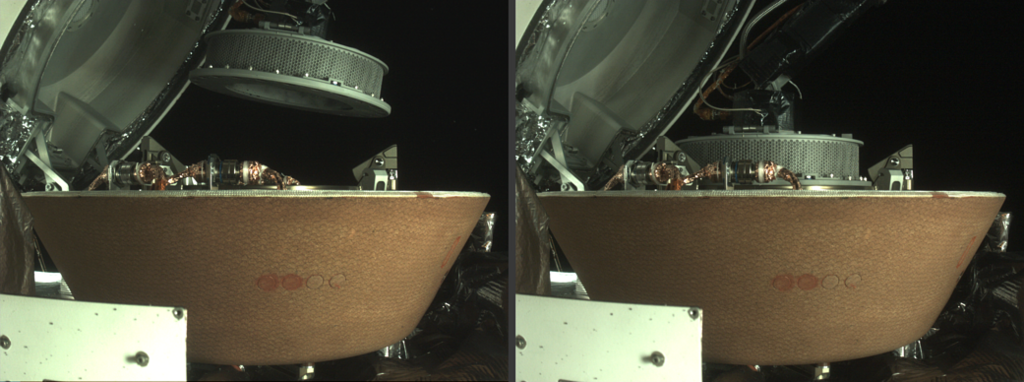
Apophis is an S-type “stony” asteroid, the most common class of potentially hazardous NEAs. Luckily, NASA has the Asteroid Terrestrial-impact Last Alert System (ATLAS) to monitor them, and later this year it will attempt to “push” asteroid Didymos B away from Earth with its Double Asteroid Redirection Test (DART). Just this week, China has also announced plans to develop a system to monitor NEAs and, by 2026, to launch a spacecraft capable of changing an asteroid’s course.
While it’s no longer unstable as in its very early stages, there are still many celestial objects flying around in our solar system, some of which are worth learning more about as they may pose a threat to life on Earth.
Cover Image: Solar System with protoplanetary disc, NASA/FUSE/L. Cook
Image Credits:
1 - Simulation created using data from the Nice Model, AstroMark for Wikimedia Commons
2 - 20 protoplanetary discs, ALMA (ESO/NAOJ/NRAO), S. Andrews et al.; NRAO/AUI/NSF, S. Dagnello
3 - Discovery of Pluto, Lowell Observatory Archives
4-10 - NASA planetary missions that were extended, NASA
11 - Bennu sample acquisition, NASA Goddard /University of Arizona /Lockheed Martin
